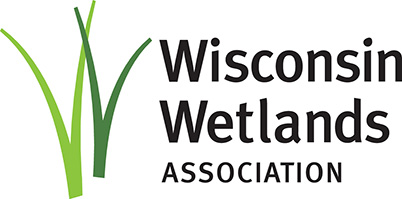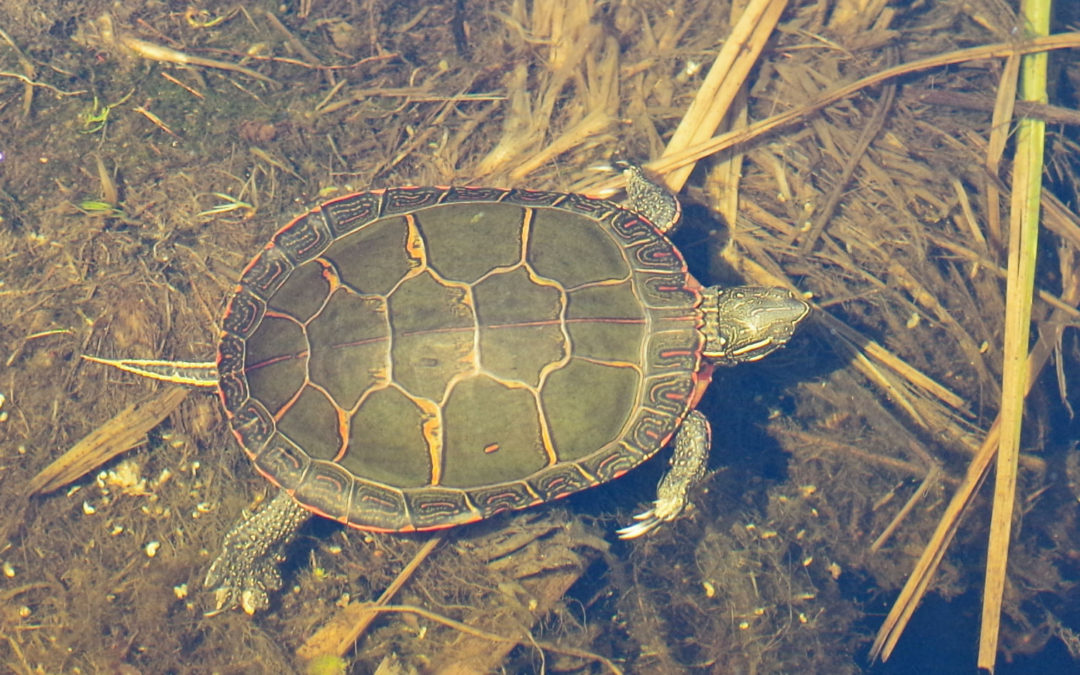After 2018’s late spring snow (Blizzard Evelyn hit the northern part of the state April 14th 2018, and another snowstorm dropped more on April 18th, 2018) we’ve been asked how spring wildlife are coping. Gary Casper, an expert on amphibians and reptiles, gave us an update on how our state’s frogs may be dealing with this year’s winter weather.
Many might wonder if Wisconsin’s native frogs are hard hit by the late snowfall. Fortunately, frogs have several adaptations for over-wintering. Many dig in on land and are somewhat freeze-tolerant, being able to survive temperatures down to about 28°F. Others hibernate in deep ponds, lakes, and streams and cannot survive freezing or lack of oxygen. The freeze tolerant species, once awakened, cannot go back into a deep torpor where they might freeze again. Snow is also a good insulator, keeping the ground warmer. Given all this, for most species, the late snow merely delayed reproduction as they hunkered down a little longer.
However, earlier in the winter some areas had very cold temperatures with little snow cover, which results in deep frost depth and thick, long ice cover. Deep frost can kill frogs outright, while long ice cover can starve ponds of oxygen and result in winter kill, just like for fish.
Overall, this was a harsh winter for frogs, and we may see depressed numbers during the spring calling period. Thankfully, most species lay hundreds to thousands of eggs every year, and can, therefore, rebound from hard winters and droughts rather quickly once normal weather returns.
Frogs still have an uncertain future, however, with extreme weather events increasing due to climate change, continuing habitat losses (especially of temporary ponds), plummeting insect populations (their main food) due to agricultural and household pesticides, and direct impacts from fertilizers applied on the landscape and water pollution. To help frogs, reduce or eliminate fertilizer and pesticide use, protect wetlands, and naturalize shorelines. Support these practices with your local representatives and in the food and products you buy.
Photo by Gary Shackelford
Related Content
Turtles on ice
Identifying frogs and toads by their calls
Wetland Coffee Break: Wisconsin frogs: Where are they and what are they doing mid-summer?




